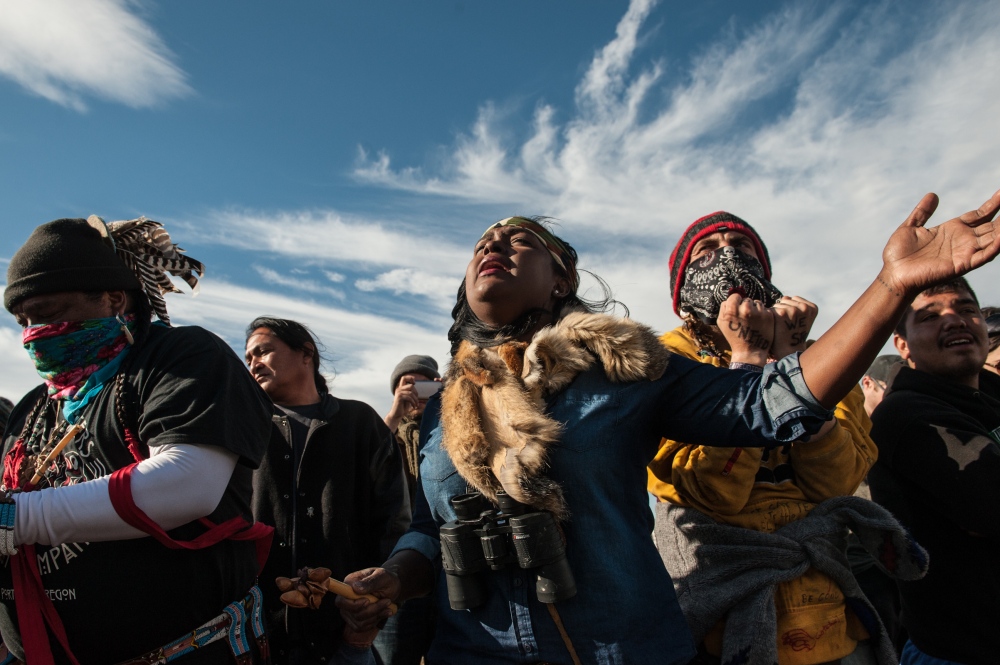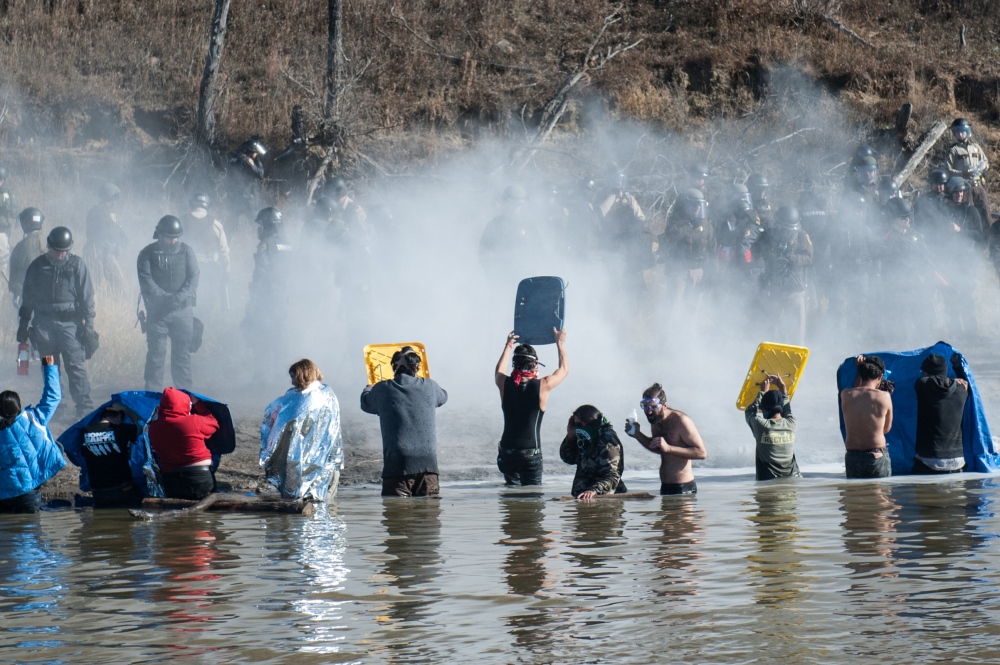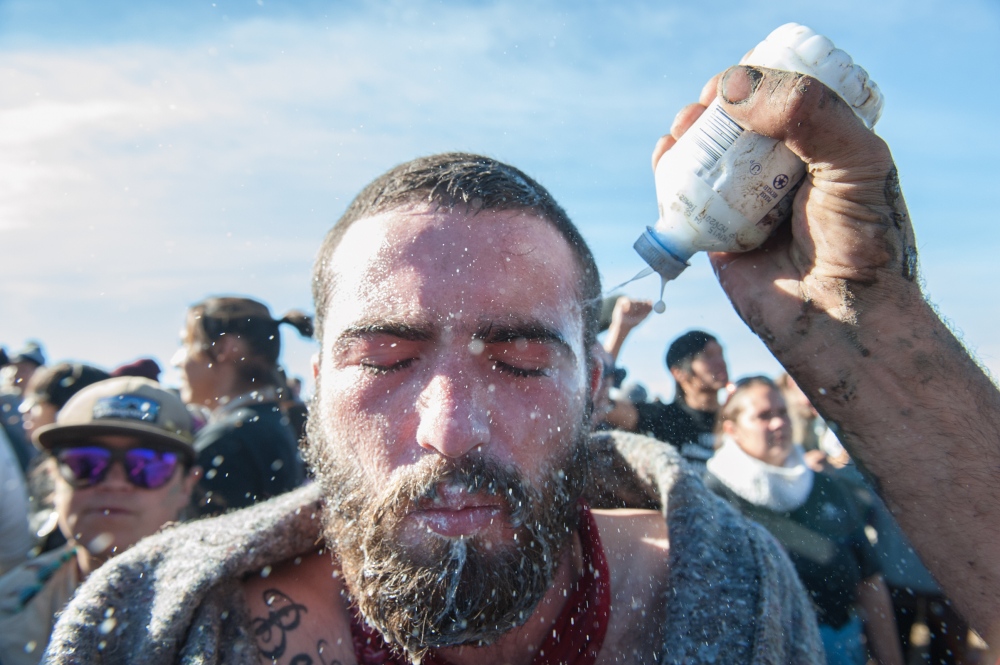I witnessed and documented an extraordinary moment in the long history of indigenous resistance while on assignment for Reuters between November 2, 2016 and December 6, 2016. It was a tremendous achievement that this one small group of Native Americans on the Standing Rock Reservation could amplify their voices to be heard on an international level during an American election cycle. Their message of Native sovereignty and ecological awareness sparked the imagination of so many people. Native American issues have never been so visible in our time.
I want to follow the trail of those Native groups who are part of this new trend of Native sovereignty. There a few related strands to this story that I want to explore that will show an increased awareness, strength and pride in being Native American. All too often, stories of Native Americans have been about how their lives are lived in poverty, forgotten on the reservation. Now, they are taking control of their future.
My story would first bring me back to the Standing Rock Reservation in North Dakota as a follow up to the protest images I made during my stay there last fall and to the Cheyenne River Reservation in South Dakota. According to my contacts, people are going back to Standing Rock and some people have never left. There is still an encampment on the Standing Rock reservation. A group from another Sioux reservation, the Cheyenne River, leased land directly from the Standing Rock Sioux tribe and set up a prayer camp. This new camp is considered a prayer camp. I want to see how robust this camp is and how it plays a role in the surrounding reservation.
Another camp was also set up on the Cheyenne River Sioux Pow Wow grounds in Eagle Butte, South Dakota. It was set up to take in the refugee water protectors that were expelled from Standing Rock. Both these camps are still planning to engage with the pipelines on or near tribal land. Since the Keystone XL pipeline has been revived, there are now 2 pipelines, Keystone and Dakota Access, nearby these encampments. It will be interesting to see what happens as the weather gets warmer. Will they resume direct actions? Will they make a call out for water protectors to converge like they did last summer?
These are political aspects of the story, but I also want to explore two cultural aspects. As the weather gets warmer, it also becomes the time for Native American gatherings such as Pow Wows and ceremonies. This summer a sun dance is planned. The sun dance is a very important part of the Sioux tradition and was banned in the mid 1800's. It is not possible to photograph the actual sun dance since it is not allowed to photograph any ceremony or prayer, but the culture surrounding the gathering for this almost lost ceremony will be fascinating.
Finally, since 2012 there has been a concerted effort to save the near extinct Lakota language especially in the Standing Rock, Cheyenne River and Pine Ridge reservations. The average Lakota speaker is 65 years old. Recent linguistic surveys reveal that there are only about 2,000 first-language Lakota speakers remaining, on and around these reservations. This number represents less than 2% of the total Lakota population. To save the language the Sioux tribes have established several language immersion schools. The elders are teaching the young children their ancestral language. The Lakota people believe that if the language is revived then many of the problems endemic to Native life will be alleviated because the people will be more in touch with their culture and way of life.
In essence, my proposal is to travel to North and South Dakota to photograph the politics and culture of the Sioux people as part of a trend of native peoples who are rising and resisting to meet the challenges of current times.





































